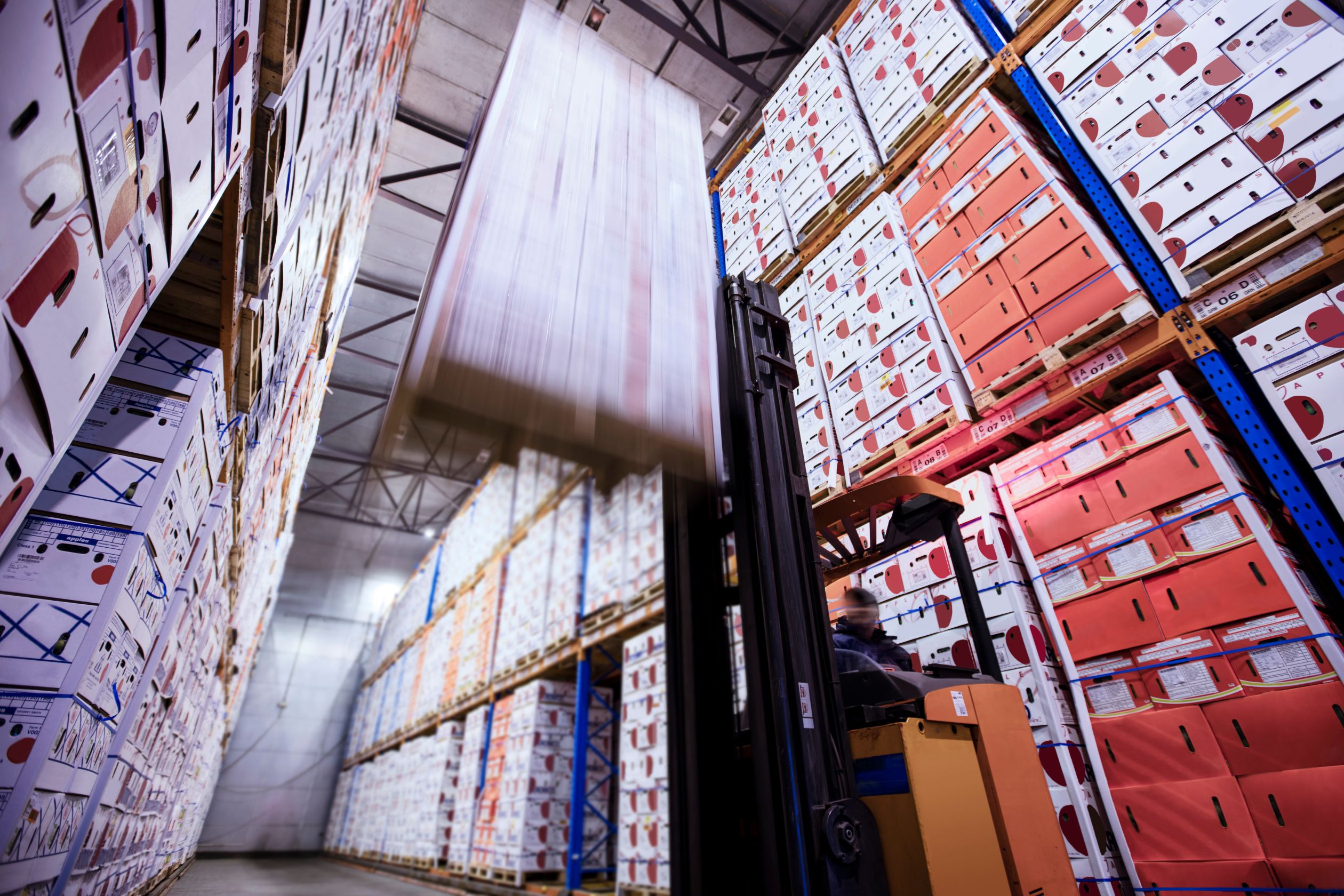Introduction
The growing impacts of climate change are evident across industries, but few have been as uniquely affected as cold chain logistics. This highly specialized sector, which ensures the safe transportation of temperature-sensitive goods like food and pharmaceuticals, faces mounting challenges as the planet warms. Rising temperatures, extreme weather events, and a rapidly changing regulatory landscape are forcing key players in the cold chain to adapt quickly or risk falling behind.
This article explores how climate change is reshaping cold chain logistics, the resulting challenges, and the innovative solutions emerging to address them.
What Is Cold Chain Logistics?
Cold chain logistics involves the storage, transport, and delivery of goods that require precise temperature conditions. Common examples include frozen foods, vaccines, and biologics. Maintaining these strict temperature standards ensures product quality and safety while preventing losses due to spoilage or degradation.
Why Climate Change Poses a Threat to the Cold Chain
Cold chain operations rely heavily on stable environmental conditions and efficient infrastructure, both of which are disrupted by climate change. From crop losses and volatile energy prices to infrastructure damage caused by severe storms, the cold chain is increasingly vulnerable to external factors. Changes in global climate patterns are now making it impossible for logistics companies to ignore the urgent need for adaptation.
Rising Temperatures and Their Impact
Increased Cooling Demands
Global average temperatures are rising, which means refrigeration units, cold storage facilities, and cooling trucks need to work harder to maintain their internal temperatures. This not only increases energy consumption but also accelerates wear and tear on equipment. According to a study by Statista, energy costs in refrigerated logistics now make up a substantial portion of operating expenses—an issue exacerbated by hotter climates.
Supply Chain Disruptions
Higher temperatures also impact perishable goods at every juncture of the supply chain. For instance, fresh produce harvested during heat waves often spoils faster, even with cold storage. Prolonged exposure to even minor temperature fluctuations can render pharmaceutical products ineffective, posing significant risks to human health.
Energy Resilience Concerns
The growing strain on energy grids due to higher cooling demands raises questions about the reliability of infrastructure. Rolling blackouts during heat waves are becoming more frequent, compromising the ability of cold chain facilities to maintain regulated environments.
Extreme Weather Events
Damaged Infrastructure
Hurricanes, floods, and wildfires are becoming more frequent and severe because of climate change. These extreme weather events can damage key transport routes, storage facilities, and vehicles, delaying shipments and leaving cold chain products vulnerable to spoilage.
For example, during Hurricane Harvey in 2017, logistics networks across Texas were paralyzed, leading to significant disruptions in the delivery of frozen foods and medical supplies. Events like these highlight how reliant cold chain operations are on resilient infrastructure.
Unpredictable Shipping Routes
The shipping industry has also had to reassess its routes due to changing climatic conditions. Melting polar ice is opening new shipping lanes in the Arctic, but warmer ocean temperatures are also fueling stronger storms, making traditional shipping routes less reliable.
Regulatory Changes Linked to Climate Change
Governments and organizations around the world are implementing stricter regulations to combat climate change. These regulations are directly impacting cold chain logistics.
Increased Sustainability Standards
Many countries now require cold chain companies to adopt more eco-friendly practices. For instance, there’s growing pressure to transition from refrigerants with high global warming potential (GWP) to more sustainable alternatives, such as natural refrigerants like ammonia and CO2.
Carbon Reporting Requirements
Certain jurisdictions require businesses to measure and report their carbon emissions, including those from cold chain activities. Compliance with such regulations requires costly upgrades to equipment and additional administrative overhead.
Climate-Driven Innovations in Cold Chain Logistics
While challenges abound, climate change is also driving innovation in the cold chain industry. Companies are adopting new technologies and refining processes to reduce their environmental impact while staying competitive.
Renewable Energy Integration
Many cold chain facilities are now incorporating renewable energy sources like solar and wind power to offset their carbon footprints. Solar-powered refrigeration units, for example, are gaining popularity, particularly in regions with abundant sunlight.
Smart Sensors and IoT Devices
The Internet of Things (IoT) is revolutionizing cold chain logistics by providing real-time tracking of products’ temperature, humidity, and location. Should a shipment’s temperature deviate from its permissible range, these smart sensors can alert operators instantly, minimizing potential losses. Systems like blockchain are also being explored for end-to-end transparency.
Electric-Powered Refrigeration Trucks
To reduce greenhouse gas emissions from diesel-powered refrigeration trucks, many logistics providers are deploying electric alternatives. These vehicles not only align with sustainability goals but also offer significant energy savings over their lifecycle.
How Industry Leaders Are Responding
Collaboration Across Stakeholders
Collaboration between governments, logistics companies, tech innovators, and environmental organizations is essential. Initiatives like the Global Logistics Emissions Council (GLEC) are working to establish a universal framework for reducing emissions in logistics, including cold chain operations (source).
Investment in Resilient Infrastructure
From elevating flood-prone warehouses to building hurricane-resistant facilities, cold chain companies are making significant investments in resilient infrastructure. Experts estimate that these proactive measures will save billions of dollars in damage over the coming decades.
Scaling Up Plant-Based Alternatives
The food industry is already seeing a shift toward plant-based products, which are less susceptible to temperature fluctuations compared to traditional meat and dairy products. Companies that adapt their cold chain processes to accommodate this growing trend will likely benefit in the long term.
Preparing for the Future of Cold Chain Logistics
Climate change is a long-term issue that demands immediate action. Cold chain operators must focus on reducing their environmental impact while enhancing the resilience of their networks. Key first steps include adopting energy-efficient equipment, exploring renewable energy sources, and investing in smart monitoring technologies.
By staying ahead of regulatory changes and aligning with global sustainability goals, cold chain companies can remain competitive while contributing to the fight against climate change.
Final Thoughts
The influence of climate change on cold chain logistics is undeniable, presenting both challenges and opportunities for the industry. While rising temperatures, extreme weather, and new regulations have introduced significant hurdles, they’ve also driven innovation in sustainable practices and technology.
To thrive in this evolving landscape, cold chain operators must be proactive, adaptable, and committed to sustainability. The path forward may be fraught with obstacles, but it also offers immense potential for progress.





